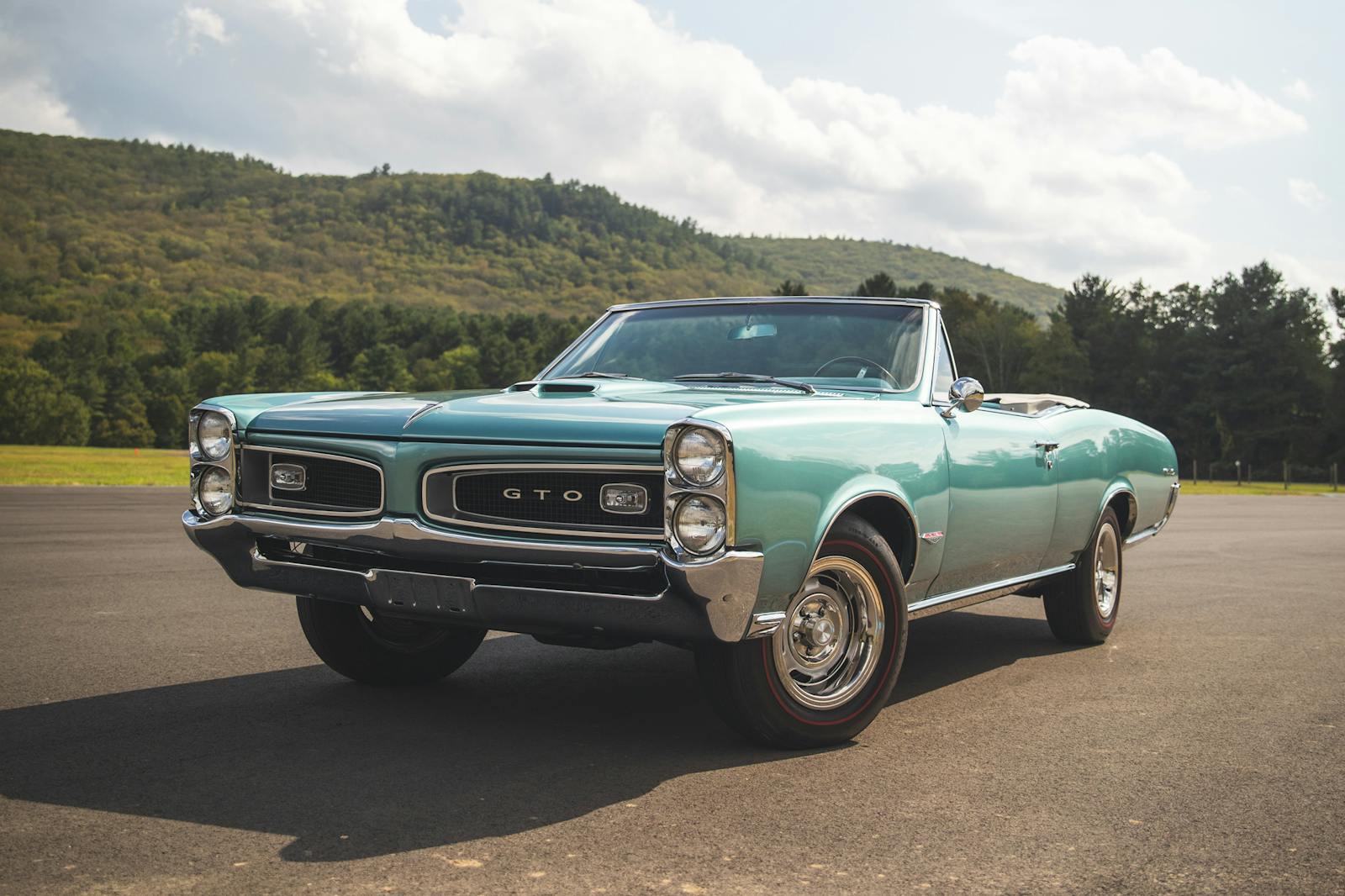What Gen-Xers can—and can’t—tell us about the future of the collector car market

In some ways, cars are easy. Everyone knows that a 1967 Chevrolet Corvette is not the same as a 1968. Sure, some of the hardware carried over, but they certainly look different. Consequently, we have C2 (or mid-year) Corvettes (1963–1967) and C3 Corvettes (1968–1982). But is a 1968 Corvette really like a 1982 model? They’re both C3 Corvettes. Aren’t they?
It seems there’s growing awareness that labeling population generations is just as likely to be inaccurate.
We at Hagerty are guilty of this as well, often looking at the classic car market as it pertains to pre-boomers (1920–1945), baby boomers (1946–1964), Gen-X (1965–1981), millennials (1982–1996), and Gen-Z (1997–2010). The rationale is that by grouping enthusiasts into those generations, we can understand what vehicles they’re buying and selling and, in a broad sense, predict the future of the market.
The problem is such thinking lends itself to lazy stereotyping. Everyone “knows” that pre-boomers just drive Ford Model Ts, Boomers only own 1967 Chevrolet Corvettes, Gen-X wants Lamborghini Countaches, millennials don’t like cars except for Nissan Skylines, and Gen-Z only uses mobility scooters.
All of these stereotypes are worth investigating, but to get a sense of how generational breakdowns help and how they don’t, lets zoom in on Gen-X:
The biggest myth when it comes to these forty- and fifty-somethings is that they don’t matter. These children of Depression-era children are, numerically speaking, less numerous than either boomers or millennials. The funny thing about wealth, though, is that it scales exponentially (recall the quaint example of compound interest) rather than linearly. The wealth of Gen-Xers, now in their peak earning years and getting their kids off the dole, is growing exponentially. Given the close relationship between the share of wealth and share of collector car ownership, they’re already having a disproportionate impact on car values, according to the Hagerty Price Guide.
As their share of policy quotes increases, those vehicles are more likely to appreciate the following year. How much? For each additional percent of share of quotes Hagerty receives from a Gen-Xer, that vehicle is likely to appreciate by an average of $54 the following year. For example, if Gen-X represent 52 percent of enthusiasts calling us for insurance quotes on a 1966-1977 Ford Bronco, it is likely to appreciate by $2808 (52 x $54) in the following year. That's on top of the broad appreciation of the entire market.
So, naturally, the question for any future-minded collector is, what do Gen-Xers like the most? Here's where the simple generational story becomes muddy. Cars and trucks and SUVs from the late 1960s and early 1970s, such as the 1967–1969 Chevrolet Camaro, 1965–1966 Ford Mustang, and 1967–1972 Chevrolet C/K Series Pickup top their list. The same could be said, broadly speaking, of people born between 1920 and 2010. In other words, far more important than a car collector's age is the simple yet profound fact that they love old cars.
There are, of course, preferences particular to Gen-Xers. That list is primarily made up of vintage trucks, SUVs, and vans. Just the type of authentic Van Life or Overlanding vehicle a true enthusiast wants. Note that these vehicles represent a tiny slice of the overall market and even Gen-X collecting. Yet within that little slice we're seeing huge growth in prices, which is why, no surprise, many auction companies and dealers are rushing to sell more of them. The big-name sellers' hyper-focus on the growth segments, in turn, exaggerates our sense of how popular these vehicles are in the grand scheme of things.
What of the proverbial bedroom wall poster car? For Gen-X, that would be the one right next to the poster of Farrah Fawcett. Perhaps it is a Porsche 928, or more likely a Lamborghini Countach, because the company was neglecting royalties and licensing fees even into the late 1990s. Regardless, the poster cars are popular with Gen-X, but the 1967–1969 Chevrolet Camaro receives way more quotes and has a similar interest share from Gen-X.
What can we learn from Gen-X enthusiasts? They’re of growing importance in the market, and they do have some different tastes, but they also like vehicles every other generation likes. So while applying a label does help explain some things, we can be better about understanding the shallowness of those insights.

